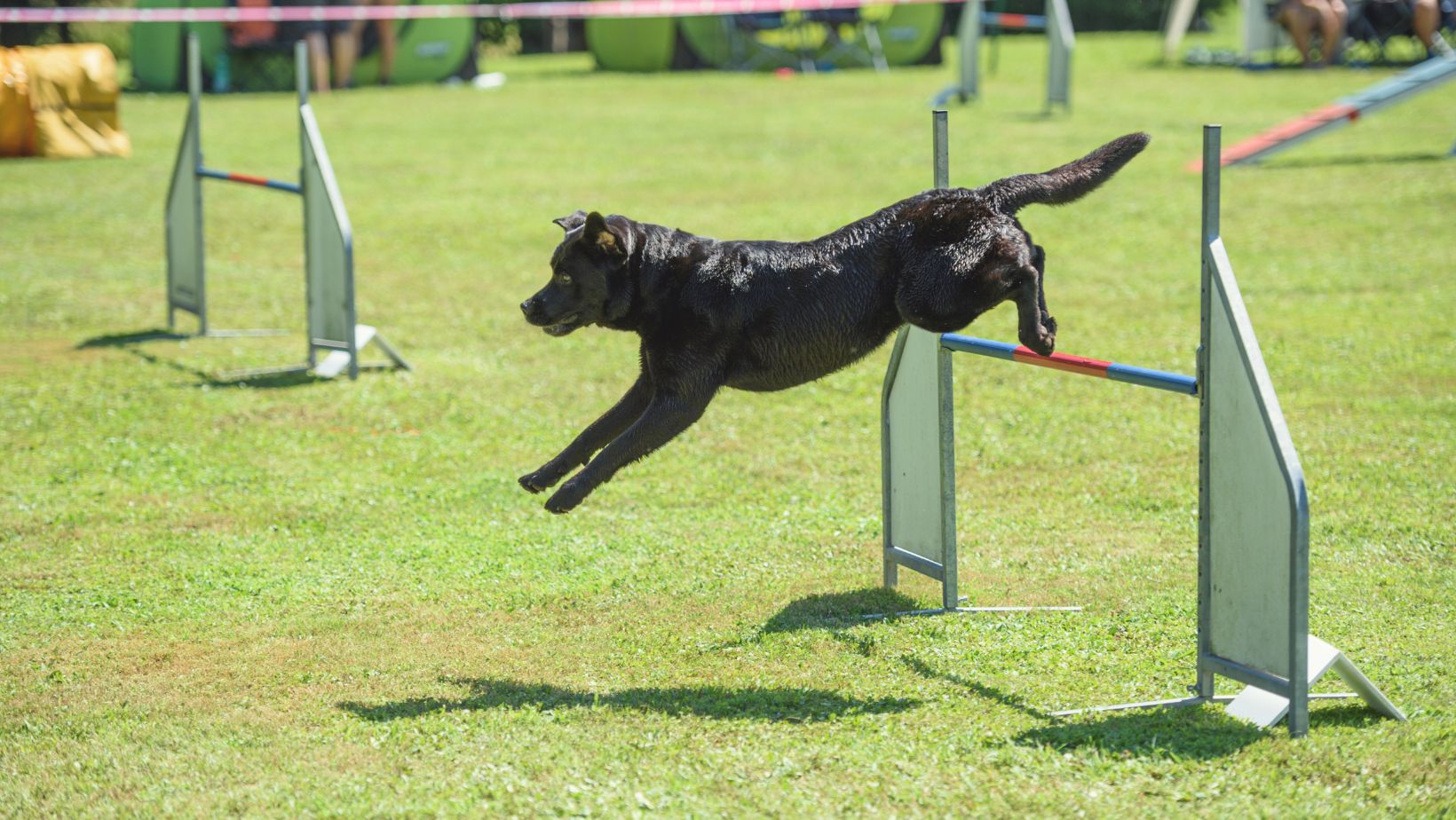How to Train a Dog to Protect You
Looking to train your Labrador to be a reliable guard dog? In this article, I’ll share the best techniques for training your loyal companion to protect you. With these proven methods, you can enhance your dog’s natural instincts and develop their skills as a guard Labrador.
When it comes to training a guard dog, consistency is key. Start by establishing clear boundaries and reinforcing basic obedience commands such as sit, stay, and come. This foundation will form the basis for more advanced protection training.
One effective technique is teaching your Labrador to bark on command. By associating a specific word or gesture with barking, you can control when your dog alerts you to potential threats. It’s important to strike a balance between encouraging vigilance and preventing excessive barking.
Another crucial aspect of guard dog training is socialisation. Expose your Labrador to various environments, people, and situations from an early age. This will help them differentiate between friendly visitors and potential intruders, ensuring they respond appropriately in different scenarios.
Remember that while training your Labrador as a guard dog can provide added security, it’s essential to prioritise their overall well-being and temperament. A happy and healthy dog makes for a better protector. So invest time in bonding with your furry friend through regular exercise sessions, positive reinforcement techniques, and plenty of love.
By implementing these best guard Labrador techniques into your training routine, you’ll be on your way to having a loyal companion who not only protects you but also brings joy into your life.
Choosing the Right Labrador for Guard Training
When it comes to selecting a Labrador for guard training, it’s important to have a good understanding of the breed. Labradors are known for their intelligence, loyalty, and trainability, which makes them excellent candidates for guard dog training. They have a natural instinct to protect their family and property, making them an ideal choice for those seeking a reliable and trustworthy guard dog.
Labradors are medium to large-sized dogs with strong bodies and muscular build. They have a friendly and outgoing temperament, but they can also be protective when necessary. Their high energy levels and eagerness to please make them highly trainable in various areas, including obedience and protection work.
Important Traits to Look for in a Guard Dog
When choosing a Labrador for guard training, there are several key traits you should look out for:
- Fearlessness: A good guard dog should display fearlessness when faced with potential threats or intruders. Look for Labradors that exhibit confidence and self-assurance.
- Alertness: A vigilant Labrador will be attentive to its surroundings at all times. This trait is crucial as it allows the dog to quickly detect any signs of danger or suspicious activity.
- Protectiveness: Labradors with a strong protective instinct will go above and beyond to safeguard their owners or territory. Look for dogs that demonstrate loyalty and dedication.
- Intelligence: Intelligence is vital in guard dog training as it enables the Labrador to learn commands quickly and make smart decisions in challenging situations.
- Physical Strength: While Labradors may not possess the same level of physical strength as some other breeds specifically bred for protection work, they still need to be robust enough to deter potential threats effectively.
Training Considerations for Guard Labradors
Training plays a critical role in developing your Labrador into an effective guard dog. Here are some essential considerations when training a Labrador for guard duties:
- Socialisation: Proper socialisation is key to ensure that your Labrador can distinguish between threats and non-threats. Expose them to various people, animals, and environments from an early age.
- Obedience Training: A well-trained Labrador will be more reliable in carrying out its protective duties. Focus on teaching basic obedience commands such as sit, stay, and come before moving onto more advanced protection training.
- Positive Reinforcement: Utilise positive reinforcement techniques such as rewards, praise, and treats to motivate your Labrador during the training process. This approach helps create a strong bond between you and your dog while making the learning experience enjoyable for them.
- Professional Assistance: Consider seeking guidance from a professional dog trainer experienced in guard dog training. They can provide valuable expertise and help tailor the training program to suit your specific needs.
Remember that not all Labradors are suitable for guard training due to individual temperaments and characteristics. It’s crucial to assess each dog’s suitability on a case-by-case basis and choose one that exhibits the necessary traits mentioned above.
